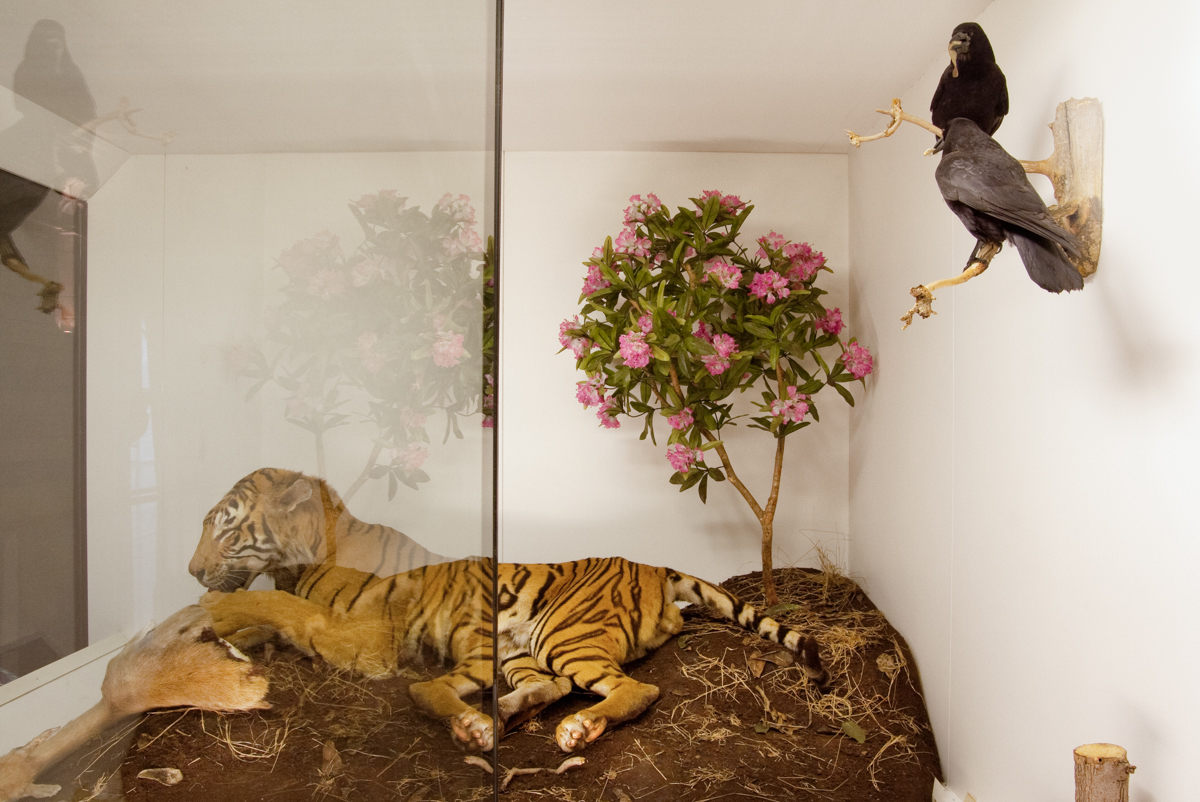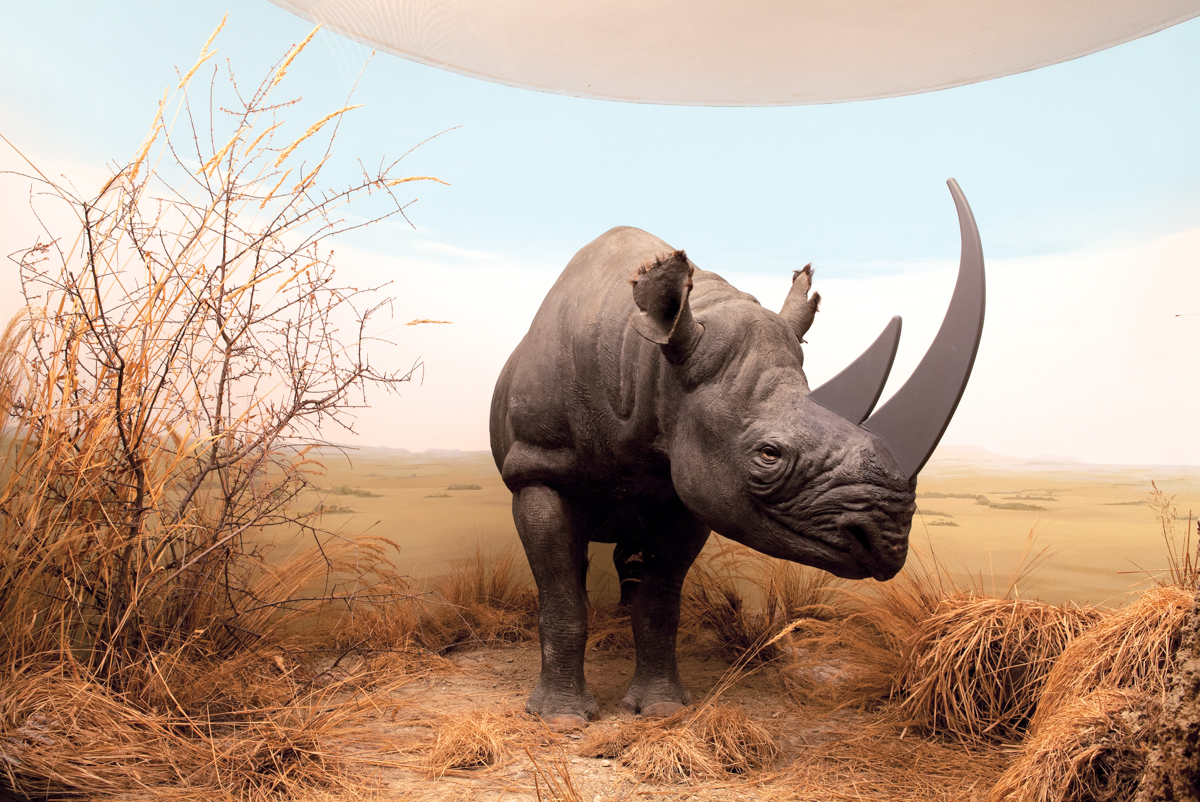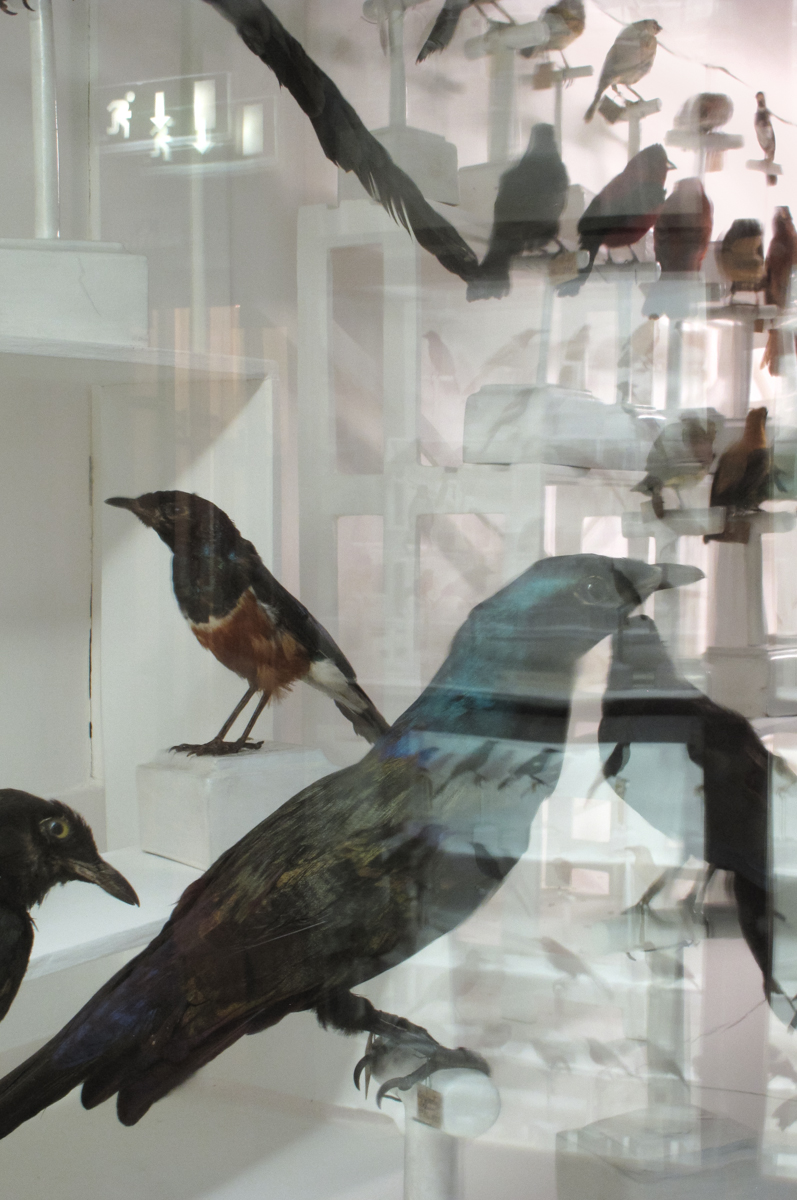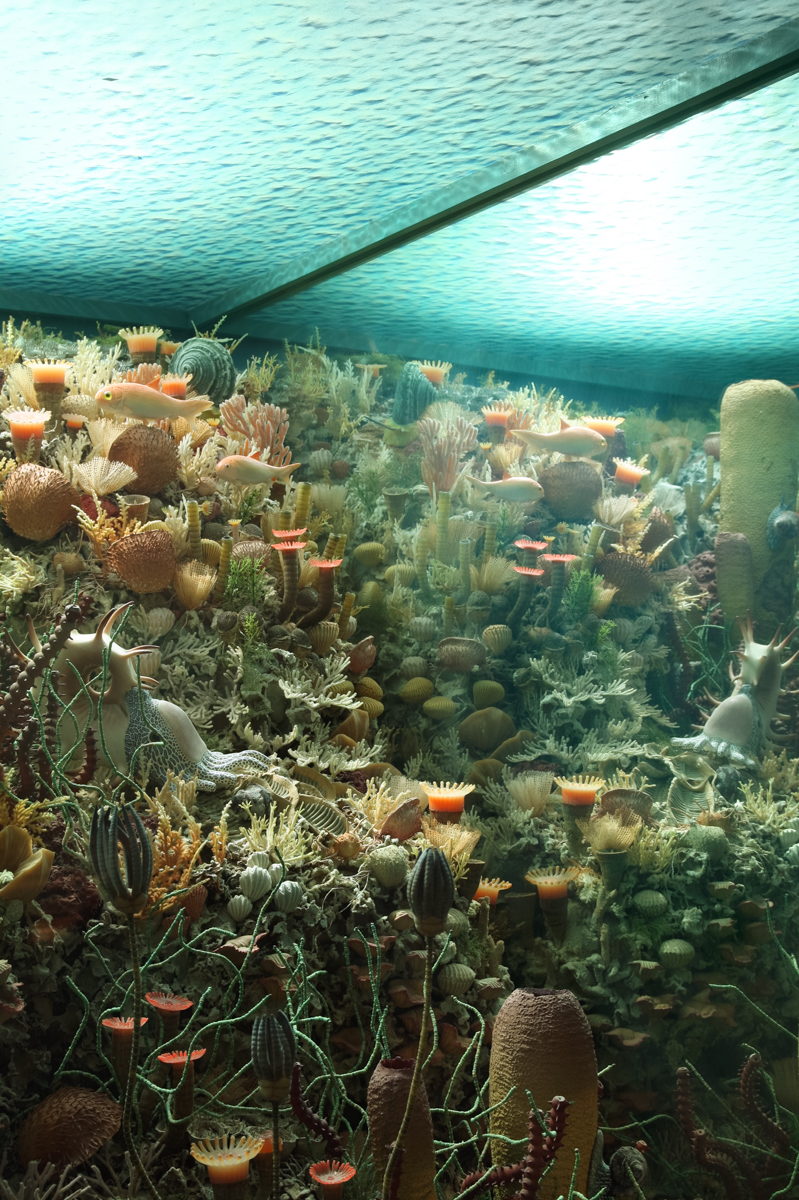Diane Fox is a Senior Lecturer in the College of Architecture and Design at the University of Tennessee, Knoxville where she has taught photography and graphic design courses since 1998. Fox received her MFA from the University of Tennessee, Knoxville and her BFA from Middle Tennessee State University. Fox’s current body of photographic work, Unnatural History, is composed of images shot in various natural history museums and taxidermy shops in the US and Europe. Using reflection and the inclusion of elements meant to remain unseen, the work examines the edges between the real and imagined, nature and artifice, and reflects on the disconnection of the human/animal relationship.
 Wrapped, Milwaukee Public Museum, Milwaukee, Wisconsin 2006
Wrapped, Milwaukee Public Museum, Milwaukee, Wisconsin 2006
 Manatee, Naturhistorisches Museum Wein, Vienna, Austria 2008
Manatee, Naturhistorisches Museum Wein, Vienna, Austria 2008
Unnatural History
I am interested in the ways we objectify nature, both positively and negatively. The dancing, happy pigs used as icons for BBQ joints and meatpacking plants have always struck me as deeply ironic. Plastic animals take us for rides in theme parks and animated versions sell us products. Nature comes to us, viewed through glass windows at the zoo, natural history museum or framed on television. Likewise, the photograph objectifies the world as seen through the lens of the camera. We visit natural history museums for a glimpse of our natural world, a world we often do not experience first hand.
 Zebra, Naturhistorisches Museum Wein, Vienna, Austria 2008
Zebra, Naturhistorisches Museum Wein, Vienna, Austria 2008
 Animals Reflecting, California Academy of Sciences, San Francisco, California 2010
Animals Reflecting, California Academy of Sciences, San Francisco, California 2010
We view animals from far off places and times at a safe distance. Dioramas (and photographs) create a framed moment of nature frozen in time. The more closely they resemble an actual space and event, the more closely the taxidermied animals appear to breath life, the deeper our sense of wonder and connection. UnNatural HIstory is a collection of photographs shot in natural history museums in the US and abroad. Using reflection and the inclusion of items within the diorama’s case meant to remain unseen, the work points to its unreality and the disconnection within the human/animal relationship. It is this dichotomy between the real and the unreal, the version of life portrayed and the actuality of death, the inherent beauty of the animals within their fabricated environment and the understanding of its invention, which finds me both attracted and repelled.
 Bear, American Museum of Natural History, New York, New York 2010
Bear, American Museum of Natural History, New York, New York 2010
 Penguins’ Eggs, Harvard Museum of Natural History, Cambridge, Massachusetts 2011
Penguins’ Eggs, Harvard Museum of Natural History, Cambridge, Massachusetts 2011
 Giraffe Drinking, Smithsonian Museum of Natural History, Washington, DC 2011
Giraffe Drinking, Smithsonian Museum of Natural History, Washington, DC 2011
 Barry, Naturhistorisches Museum Bern, Switzerland 2012
Barry, Naturhistorisches Museum Bern, Switzerland 2012
 Tiger and Flowers, Natural History Museum, London, England 2009
Tiger and Flowers, Natural History Museum, London, England 2009
 Poached, Naturhistorisches Museum, Bern, Switzerland 2012
Poached, Naturhistorisches Museum, Bern, Switzerland 2012
 Birds, Museo di Storia Naturale, Florence, Italy 2011
Birds, Museo di Storia Naturale, Florence, Italy 2011
 Mass Grave Permian Period, Morrill Hall, Lincoln Nebraska 2011
Mass Grave Permian Period, Morrill Hall, Lincoln Nebraska 2011
 Exit, Morrill Hall, Lincoln Nebraska 2011
Exit, Morrill Hall, Lincoln Nebraska 2011
 Dogwoods, Carnegie Museum of Natural History, Pittsburgh, Pennsylvania 2013
Dogwoods, Carnegie Museum of Natural History, Pittsburgh, Pennsylvania 2013
 Escape, Carnegie Museum of Natural History, Pittsburgh, Pennsylvania 2013
Escape, Carnegie Museum of Natural History, Pittsburgh, Pennsylvania 2013
To view more of Diane’s work please visit her website.